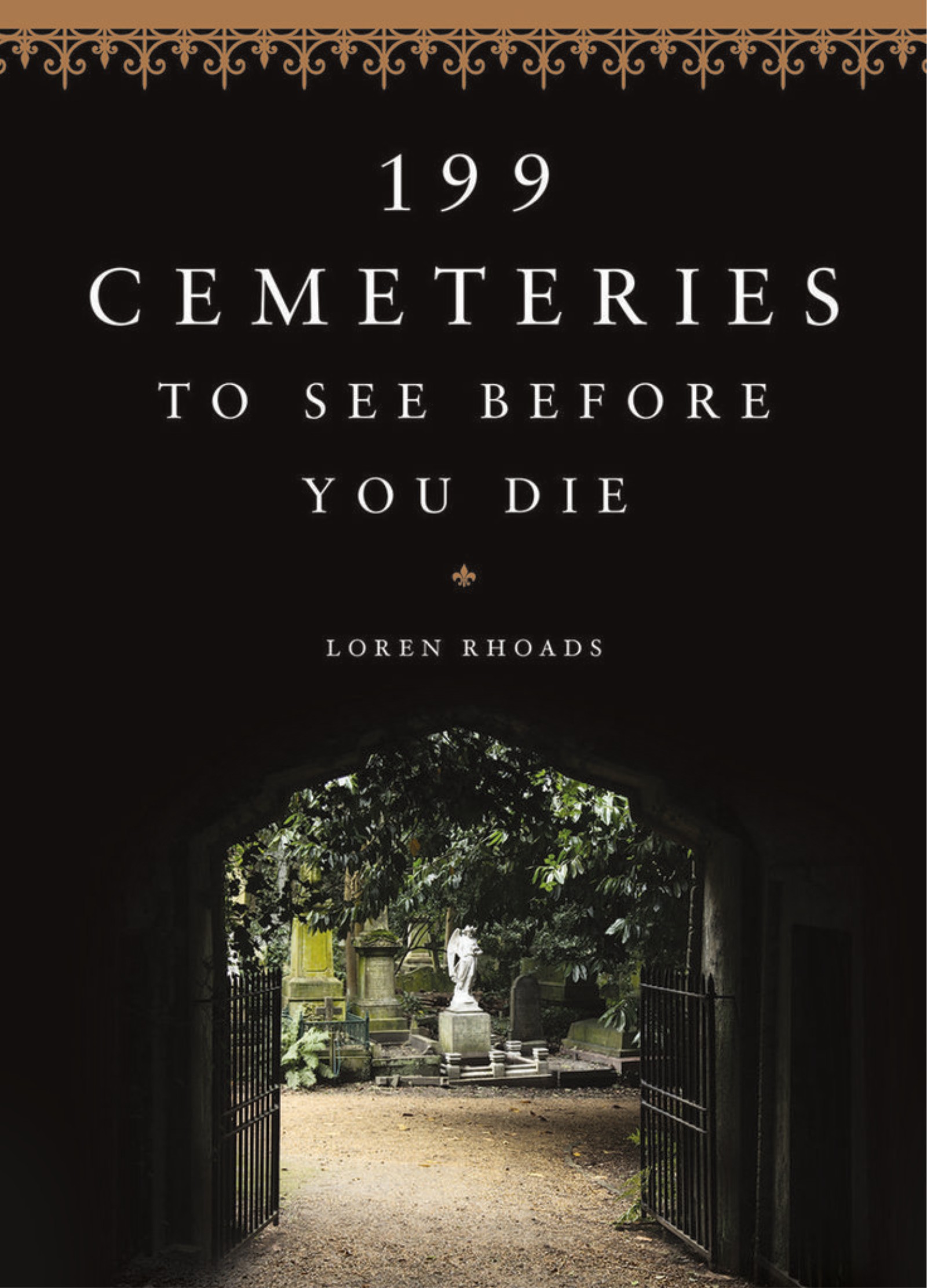Being Dead Sucks Even More Than You Thought

When Hugh Hefner died, he was laid to rest in the Westwood Memorial Park cemetery, directly beside Marilyn Monroe. That wasn’t a coincidence: He bought the grave in 1992 for $75,000, bragging to reporters with such satisfaction that it’s a surprise he didn’t try to snag the plot directly above her. The widow of that crypt’s previous resident, Richard Ponchner, sold the plot in 2009. (In case you worried the sale might have represented a downgrade in respect to Marilyn’s memory, Richard’s dying wish was a warning that “if you don’t put me upside down over Marilyn, I’ll haunt you the rest of my life.“)
Marilyn Monroe lives the familiar, liminal existence of the famous dead: She’s a public figure whose image exists without regard for whether she’s still alive, which makes a saint in the church of pop culture. (Her grave is regularly covered with lipstick kisses from those who come to pay their respects—a form of worship also seen at the grave of Oscar Wilde.) But while her legend lives, the dead are also part of the cemetery business, and they have no say over who keeps them company. For Hefner, this was an opportunity to leverage the silence of the grave for the thrill of pop-culture immortality.
The symbolism and ethics of burying the dead have long been a point of tension among the living. (Hefner was clearly aware of the symbolism, and much less concerned with the ethics of being buried beside the woman whose unauthorized nudes launched Playboy.) In her book 199 Cemeteries to See Before You Die, out now, Loren Rhoads ostensibly sets out a coffee-table travelogue of graveyards, many of them tourist-friendly attractions. There are the usual suspects—Sutton Hoo, the Great Pyramids, Pompeii—but the history behind less obvious places is the real point of interest. The dead, it turns out, don’t possess nearly as much permanence as we might’ve hoped.
Throughout history, the body-as-artifact has been treated with alternating reverence and brutal pragmatism. Catacombs are made from the dead for whom there was simply no more room in hallowed earth; cemetery locations are dictated as much by politics as by piety. The promise of eternal rest is often provisional. Among Rhoads’s most evocative recommendations is Aître Saint-Maclou in Rouen, a former plague burial site—repeatedly. In 1348, when the plague decimated three-quarters of the town’s inhabitants, “all bodies, regardless of social standing, sank into a mass grave.”
When the illness returned in the 16th century, the bodies in Saint Maclou were removed wholesale to make room their descendants—and when the cemetery was “closed by royal decree” in 1781, all the dead were once again carried off. Rhoads’s story ends here, but for the morbidly curious, the plague dead now reside in Mont Gargan cemetery nearby—except for the bodies discovered in the courtyard during excavations in 2016, and the black cat sealed into the walls centuries ago to keep the devil from the door.
Such a macabre safeguard sounds silly, but death has a habit of bleeding us of the rational, and the fear of spirits rising from an unquiet grave becomes a much more immediate concern when corpses are as subject to relocation as any other tenant. It’s partially why we leave food to comfort the dead, try to sneak away with a piece of Elvis’s grave, or wear mourning jewelry woven from the hair of a lost loved one. Death is frightening, and human memory is faulty; at least we know food is a comfort; and a brooch is harder to disrupt than an eternal resting place that exists on sufferance.

That sufferance is everywhere in 199 Cemeteries, whenever Rhoads mentions the ongoing politics behind securing a place to rest one’s bones. “God’s Little Acre,” a slave cemetery in Newport, Rhode Island, is a segregated section of public ground; presumably public ground was not a courtesy extended to Newport’s Jewish population, given that they purchased the land for the Touro Jewish Cemetery. An eerie photograph of the “Soul Consoling Tower” accompanies the entry for Manzanar—a monument paid for by Japanese families imprisoned there by the American government, so they had somewhere to remember their dead.
And the history of cemetery land is often haunted before the dead ever get there. When Rhoads reaches Baguio Public Cemetery, on the island of Luzon in the Philippines, we’ve been reading about “modern” cemeteries (allotted plots, specific headstones) that are still hundreds of years old. The oldest tombstone in Baguio dates from 1934, two years after the American government “opened this cemetery” on ground that had been seized from “Ibaloy chieftain” Mateo Corino.
That Rhoads highlights only Baguio among the cemeteries in the Philippines is, itself, an illuminating choice. In a book with so much emphasis on American and Western European cemeteries, there’s the inevitable sense of presentation affecting perception. History seems richer when there’s more of it in front of us, and it’s easy to feel as if places with more cemeteries are more important, rather than just more easily toured. But though it results in a book with clear priorities, Rhoads might be erring on the side of caution. Several times, 199 Cemeteries brushes up against conversations about how much the dead belong to the living; graveyards are places of both public and private remembrance, and it’s a distance not easily traversed.
In the end, that might be what lingers most about 199 Cemeteries. An individual grave is a biography. An individual cemetery is a slice of history. As a whole, though—as a record of so many people who have lived in a place and then gone from it—a cemetery becomes something more contemplative. We know who we mourn. 199 Cemeteries asks us: Where do we mourn, and why?
This is an archived copy of an article that originally appeared here at VICE.com.

